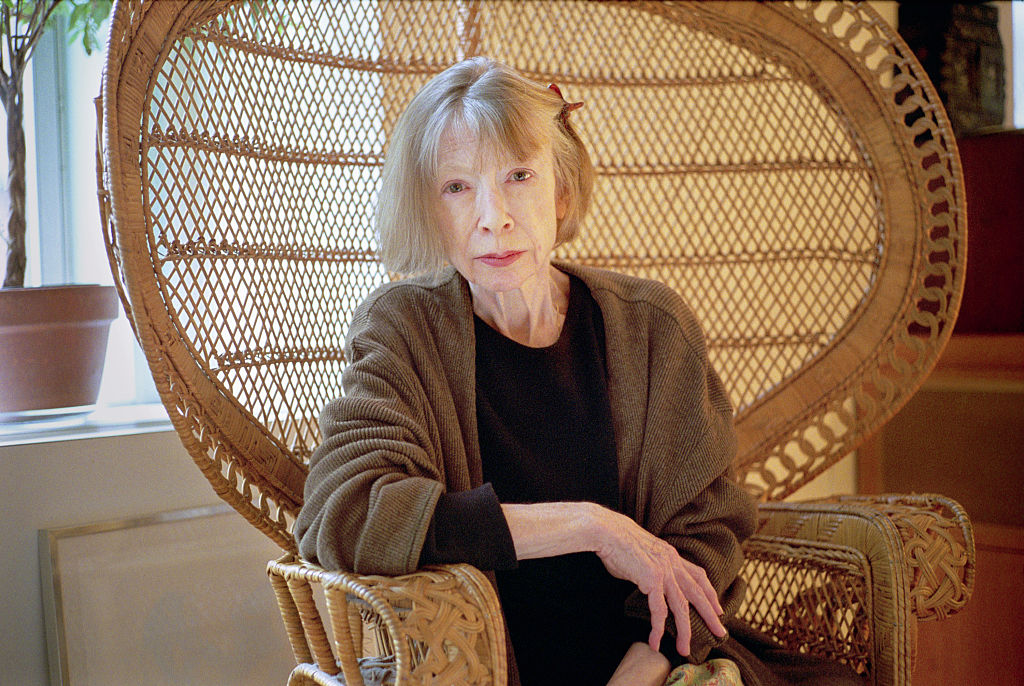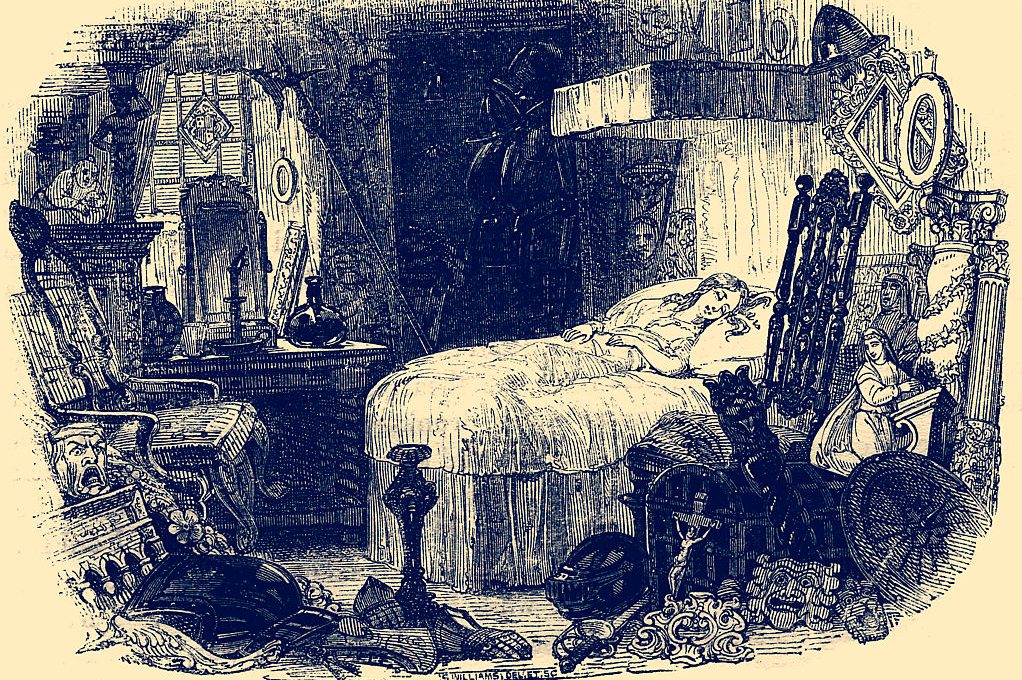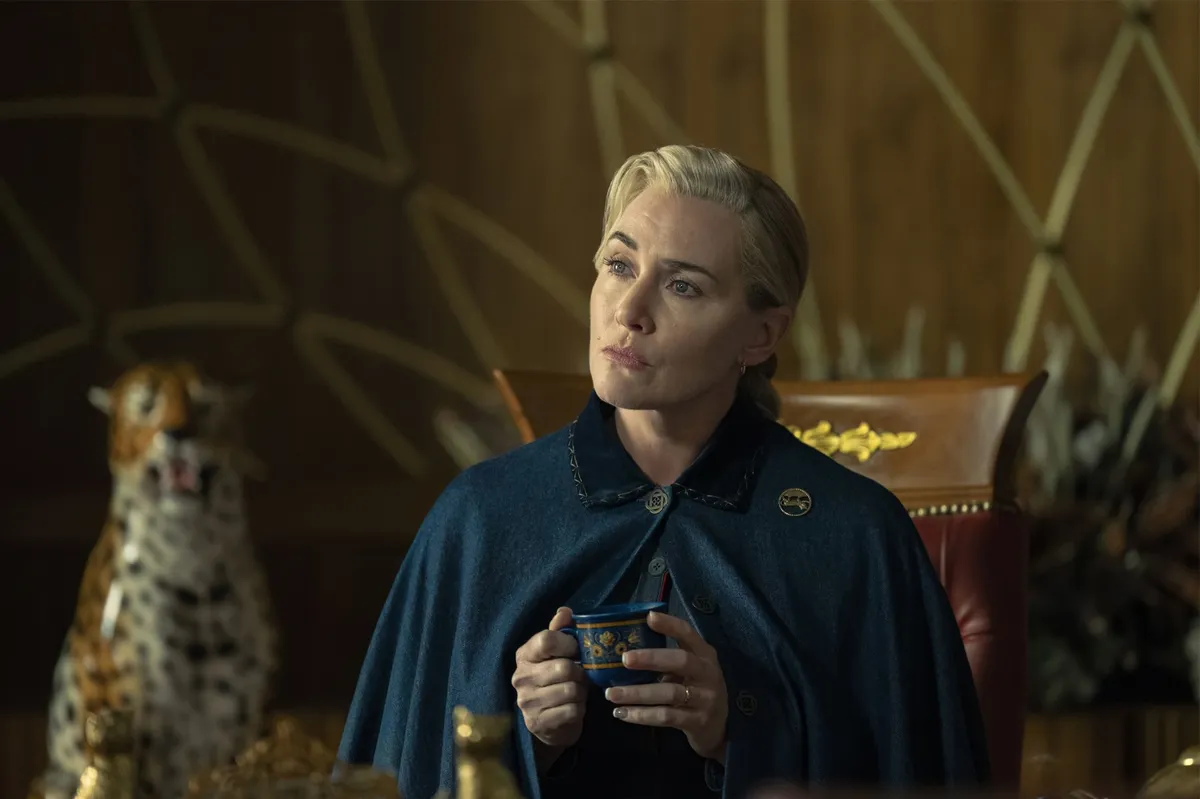In Notes to John, Joan Didion’s ostensibly private record of three years’ therapy under psychiatrist Dr. Roger MacKinnon – one memory troubles her a great deal. When her daughter Quintana Roo Dunne was about seven, they watched the (wholly unsuitable) Night of the Living Dead, before Didion insisted Quintana accompany her to the kitchen at midnight. She pretended to be afraid for herself, but really she worried the glass doors of the living room made Quintana vulnerable to intruders. Reading this book sometimes feels like being the imagined predator lurking in the dark: we catch only a slice of the illuminated interior, and Didion behaves as if she isn’t being seen.
By the end of 1999, Quintana, who was 33, had reached a new crisis point in her struggle with alcoholism. Quintana’s psychiatrist, Dr. Kass, suggested that Didion should undertake therapy to alleviate her own anxiety that might have been hindering her daughter’s recovery. It is hard to imagine that Didion, the obsessive rewriter, would be glad of her family’s suffering being displayed in this unedited volume – let alone Quintana’s. But they cannot tell us either way. Quintana died in 2005, at just 39, of illnesses possibly connected to her alcoholism. Didion died in 2021, aged 87.
Even if a deceased writer didn’t intend a piece of work to see the light, publishing it might be reasonable if it is of literary merit. (Look at Kafka’s doughty executor Max Brod ignoring his friend’s wishes that his work be posthumously burned.) Where it is not of merit, but the text reveals nothing overly intimate or sensitive, there can be no great harm. Still, many might argue about the necessity for publication.
Unfortunately, neither justification applies here. The British critic Gaby Wood argued that publishing Didion’s private therapy notes now, “with minimal framing,” may offer her some protection against hostile, cherry-picking biographers. Though this is persuasive, it doesn’t bestow merit upon the book.
The main psychological tendency it reveals is not cruelty, but doubt
Psychoanalysis is notoriously repetitive and in Notes to John the tragedies are circular. New and old wrongs emerge on both sides and become both the damage and its cause. Fault is fundamental but proves impossible to pin down. MacKinnon alerts Didion to her “pattern” early on. Guilt, control, pessimism and her absent father are recurring themes. Her close bond with husband John Gregory Dunne (to whom the notes are addressed) is examined and prioritized over Quintana’s status as their sole (adopted) child. Readers looking for headlines may alight on Didion’s love of expensive things, her suspicion of AA, her questions over whether Quintana was truly ill and her confession that, after an especially difficult weekend, “at several points” she “didn’t like” her daughter.
The main psychological tendency it reveals is not cruelty – and emphatically not “denial” (MacKinnon believes Didion “grew up without the gene”). It reveals doubt. Readers can detect this elsewhere in Didion’s work. In Blue Nights, a memoir about Quintana’s death, Didion meditates on her own responsibility: “Was I the problem? Was I always the problem?”
Didion often interrogated her own choices, but she never abandoned her inimitable style – controlled, elusive, and probably self-protective. At 26 she wrote her essay “On Self Respect,” in which she reexamined an old notebook entry about disliking herself. “Although now, some years later, I marvel that a mind on the outs with itself should have nonetheless made painstaking record of its every tremor, I recall with embarrassing clarity the flavor of those particular ashes.”
Even writing about Quintana’s alcoholism in Blue Nights, when she admitted that grief was making her thinking tentative, her sentences still carry a familiar rhythm: “I had seen the charm, I had seen the composure, I had seen the suicidal despair.”
For Didion, style is everything. It is the great failure of Notes to John that it lacks her distinctive voice altogether. Didion distinguished between her rough notes and worked-out pieces. In one session, a recent failure to remember what someone has said “long enough to write it down” frustrates her even though she did not plan to use the notes in question. She was a reporter after all: “taking notes was what I did.”
Elsewhere words and phrases provide indecipherable shorthand. A conversation about her fear of losing Quintana includes the one-word sentence: “Whalewatching.” Maybe this refers to a brilliant, coded anecdote; perhaps whales were indeed watched, or the nervous Didion prohibited her daughter from this pleasure. Readers can do nothing but speculate.
The most interesting questions raised concern over the value of the therapeutic process to which the family was subjected. Frequent contact between MacKinnon and Kass supposedly allowed them to coordinate their approach; details shared by Quintana in her sessions are passed to Didion in hers. MacKinnon coaches Didion to “play the guilt card, play it shamelessly,” and to convince Quintana that her suicide would make her parents’ lives unbearable. In Didion’s shared session with Quintana and Kass, she does play it – and Kass reprimands her. Didion “refrained from saying that Dr. MacKinnon had told me to lay it on her every chance I got.”
If Didion had revised this book for publication before her death, she might have made this a climax of the exploration of the divisions between practitioners of talking therapy, or the treatment’s limitations, or even its futility. Maybe she didn’t think it proved any point and it was another frustrating moment in that horrible chapter. We can’t assume the latter. We only have her notes. This morbidly fascinating but ephemeral exercise in literary exhumation suggests that some things are better left alone.
This article was originally published in The Spectator’s July 2025 World edition.


























Leave a Reply